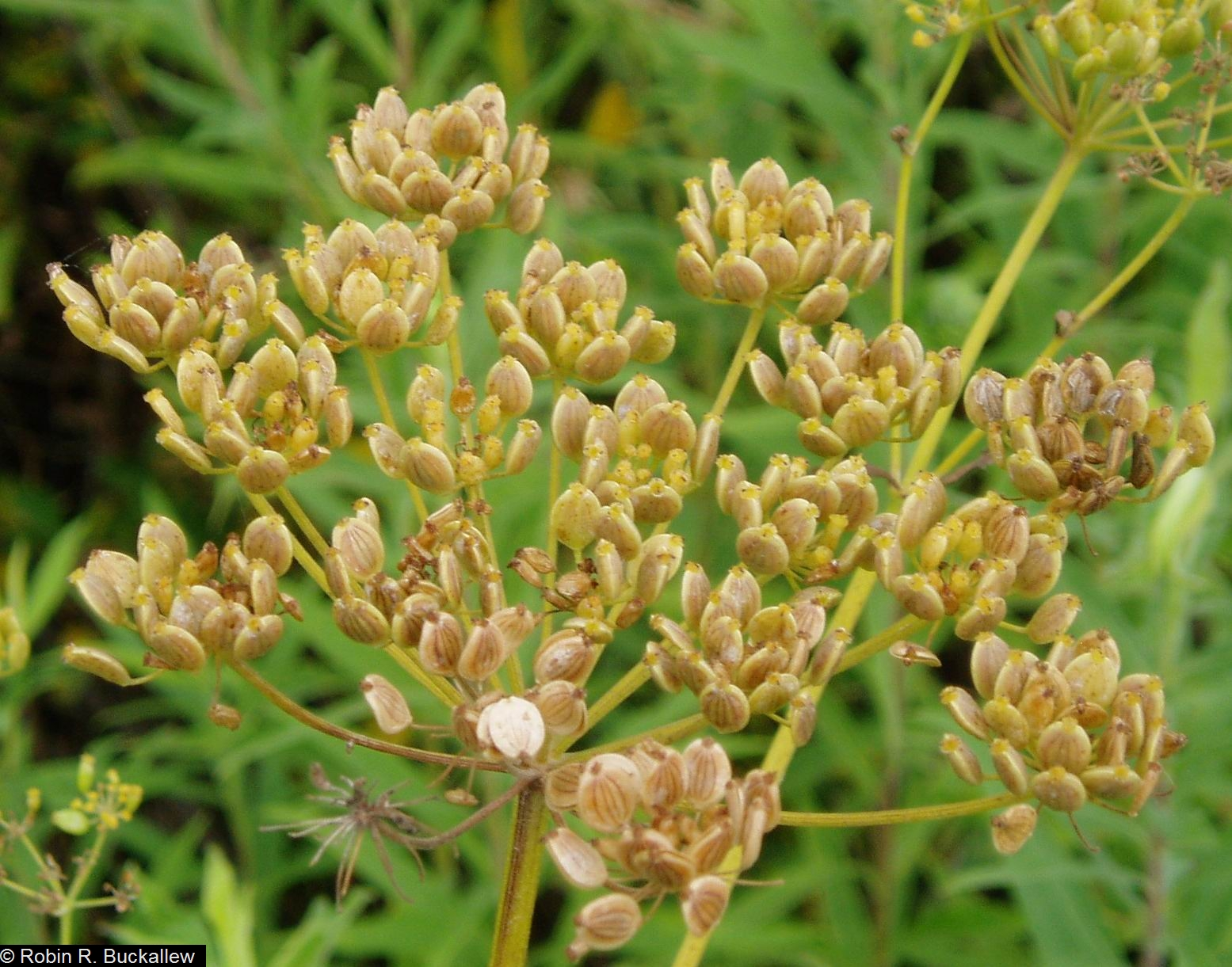

This is a vegetable that was on my childhood blacklist (along with pumpkin and brussels sprouts). I must admit I was a bit reluctant at first. This is the first time we have grown parsnips. but the parsnips are looking fantastic! This morning I went out and pulled one up to see how it was growing and was happy to see that our first parsnip crop is coming along nicely! My 10 year old insisted that we needed a photo taken with something to show the size of the parsnip, so here's another photo, with his hand to show scale. Clay, weedy or rocky soil will produce forked roots. Loose soil will produce long, straight roots.
Parsnips plant free#
Parsnips, like carrots, prefer to grow in a loamy soil, free of weeds or stones.If you are finding your parsnips are long and spindly it may be due to them being sown too late, harvested too early or having insufficient soil nutrients. The longer parsnip roots remain in the soil, the more they will fill out.To protect the soil further, tarp the bale to prevent it from freezing to the ground, thereby making for an easier harvest. To prevent the soil from freezing, cover with a bale of straw. Parsnips can be left in the ground until needed.The frost sweetens the parsnips by converting starches to sugars within the roots. Parsnips are ready for harvest in the fall, after several good frosts.

This spacing will provide sufficient room for the parsnip roots to fill out. After seedlings emerge, thin them out to 3 to 4 inches apart.Sow your seeds spaced 1 inch apart and cover. Wait a few days to a week, then draw rows in the soil at a depth of 1/2 an inch. Be sure to top the soil with 2 inches of compost, prior to planting. Parsnips perform better in compost-rich soil.Once the soil dries out, the seeds too will dry out affecting germination. This is especially true during a hot and dry summer. Since parsnips take approximately 3 weeks to germinate, this step shouldn’t be missed. Water well until seedlings emerge from the soil and establish themselves.This makes for a much better use of garden space and allows for a more productive garden bed. The radishes will germinate quickly and be ready for harvest just as the parsnip seedlings start emerging from the ground. To help keep track of parsnip rows, sow radish seeds in between the parsnip seeds, about 1 radish seed to every 4-5 parsnip seeds. Parsnips are very slow to germinate, often causing gardeners to give up on the seeds thinking they didn’t germinate or losing track of where they planted them.Sow seeds directly, as parsnips do not transplant well.Parsnips have a long growing window and need an average growing period of 110 days from sowing to harvest. Approximately 2 weeks before the final frost date, sow your parsnip seeds.I have 10 parsnip growing tips to make your growing experience more successful.ġ0 Tips for Successfully Growing Parsnips They are better sown directly in the garden, then patience is required while we wait for them to germinate and grow. Parsnips are very simple to grow, similar to carrots. They have a unique flavour and sweetness, that increases during cooking. If you have sensitive skin, it would be better to wear gloves, just in case.Īs mentioned above, parsnips are delicious boiled, roasted, baked, stewed or cooked in soups. In all my years of growing them, I’ve never experienced a problem, as it’s more common once parsnips go to seed in the second year. However, don’t let this deter you from growing your own. Then, prior to bringing them indoors, remove all the foliage and add it to the compost bin. I recommend wearing gloves when harvesting. Although parsnips are grown for their delicious roots, be careful when handling their foliage. Cousins with parsley, carrots, celery and others, it is also related to the toxic plant, Giant Hogweed. Parsnips ( Pastinaca sativa) are a member of the Apiaceae family. Parsnips ready for harvest in the fall, after cucumber plants have been removed from the bed.


 0 kommentar(er)
0 kommentar(er)
